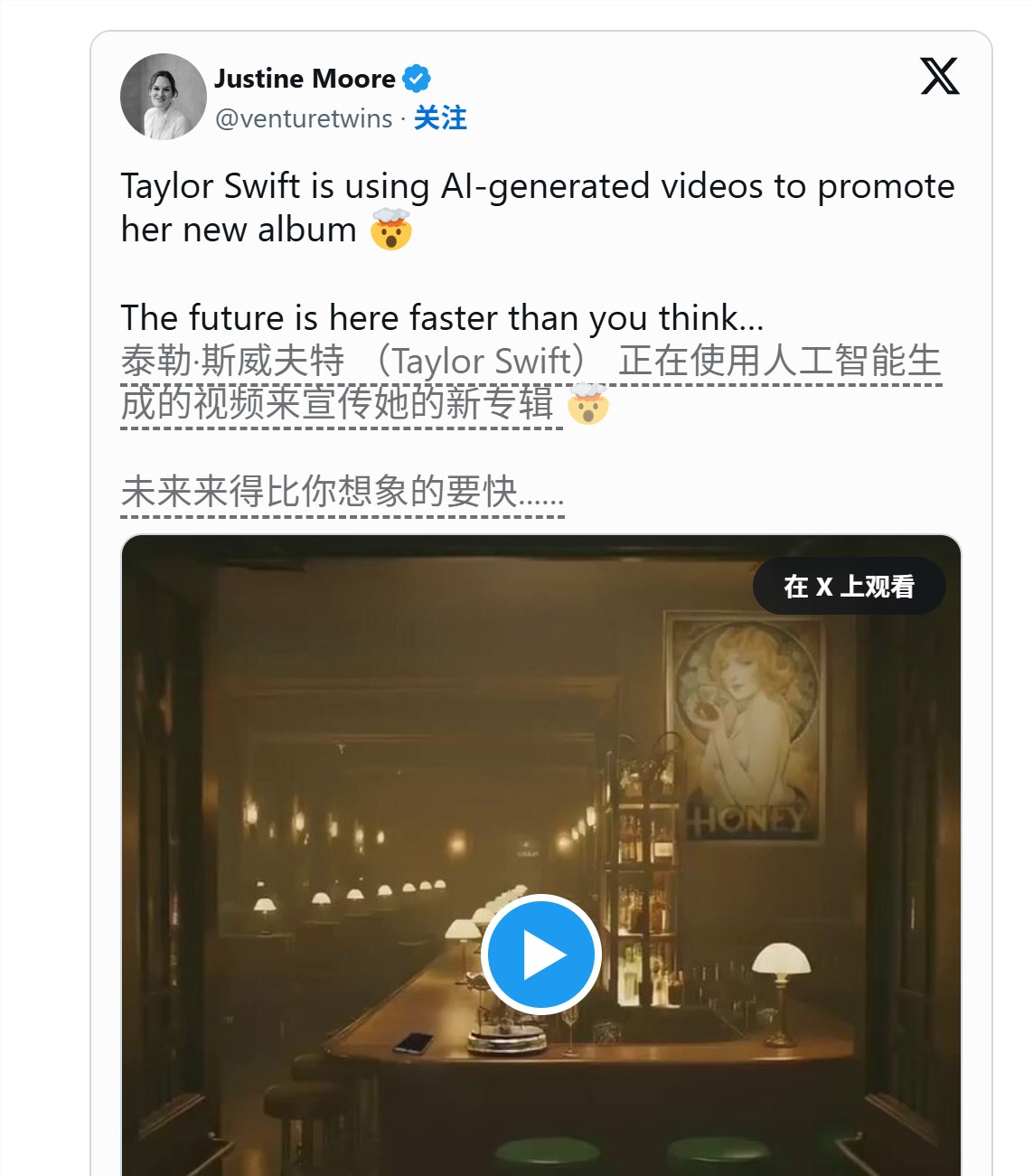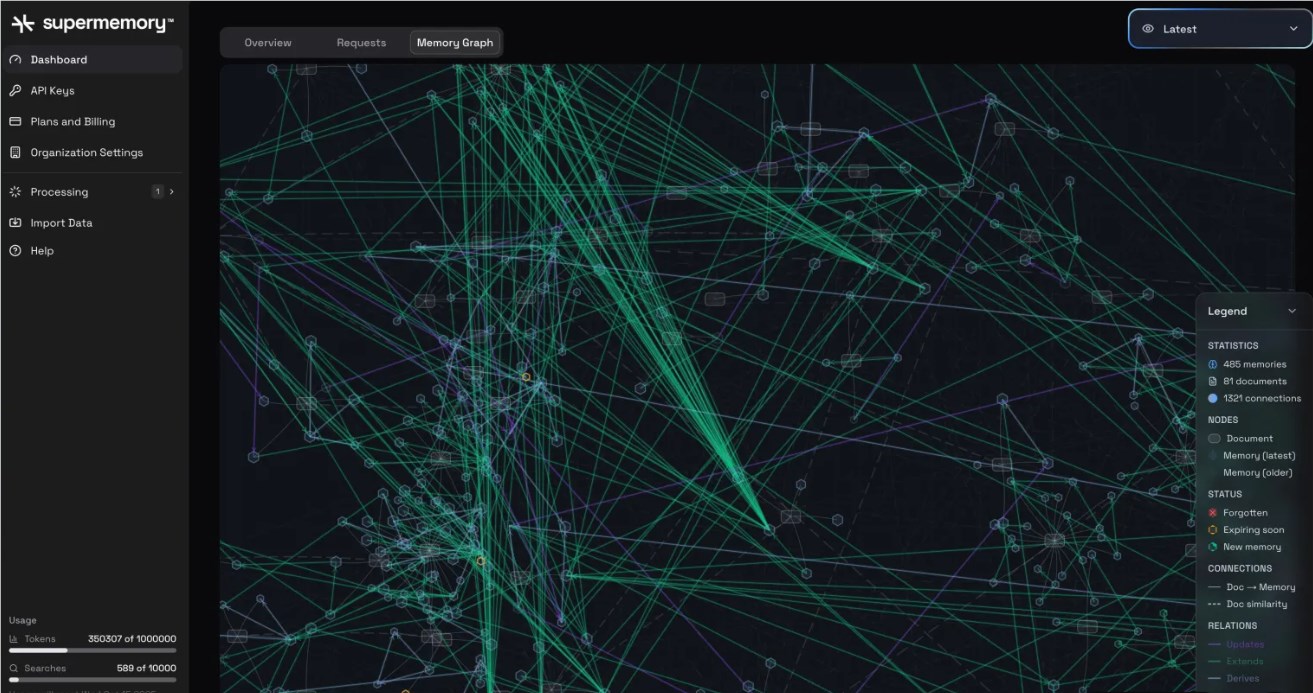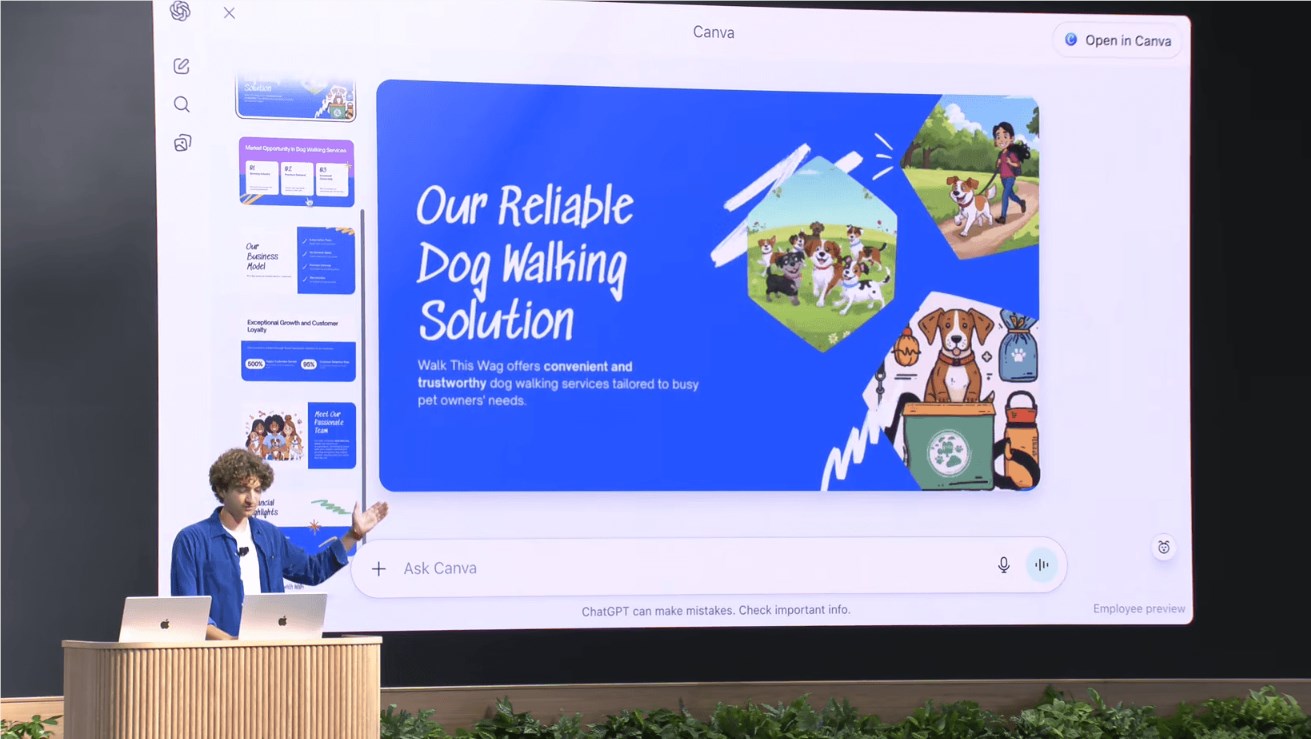Google announced today that its AI-powered no-code app coding tool Opal has expanded its access to 15 new countries and regions around the world. This move aims to bring this revolutionary tool to a broader global audience, enabling creators to turn their ideas into fully functional mini web applications without writing any code.

Global Expansion: 15 Countries Now Can Experience Opal
Opal is now available in the following countries and regions: Canada, India, Japan, South Korea, Vietnam, Indonesia, Brazil, Singapore, Colombia, El Salvador, Costa Rica, Panama, Honduras, Argentina, and Pakistan.
Megan Li, Senior Product Manager at Google Labs, stated in a blog post that the "complex, practical, and highly creative" applications emerging from early users in the United States exceeded the team's initial expectations for a simple tool. This strongly proves that "We need to make Opal accessible to more creators around the world."
How Opal Works: From Text Prompts to Shareable Apps
The core feature of Opal allows users to describe the application they want to create using text prompts. The tool then calls on different Google models to carry out the development process. After the application is generated, users can enter the editor panel to view and customize the visual workflow of input, output, and generated steps. Users can click on any step to view or edit the prompt behind it, or manually add new steps using the toolbar.
Completed applications can be published online and shared via a link, allowing other users to test them simply by logging in with their own Google accounts.
Significant Improvements in Core Performance and Debugging Experience
In addition to global expansion, Google also announced a series of major improvements to Opal.
Performance Boost: Google noted that creating a new Opal application previously could take up to five seconds or longer, but now the creation speed has significantly improved, greatly optimizing the user onboarding experience. Additionally, users can now run multiple steps in parallel, allowing complex workflows with multiple steps to execute simultaneously.
Improved Debugging: While maintaining Opal's no-code nature, Google enhanced the debugging features. Users can now step through the workflow in the visual editor or adjust specific steps in the console. Errors are displayed immediately when they occur, providing instant contextual information to help users troubleshoot effectively.
Since its debut in the U.S. last July, Google has joined an increasing number of competitors such as Canva, Figma, and Replit, all building tools to empower non-technical users to design application prototypes without writing any code.










